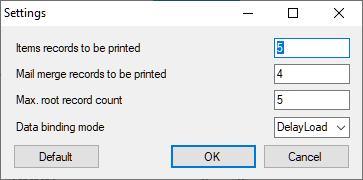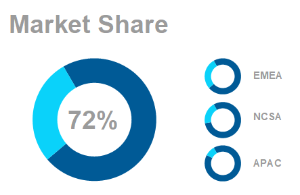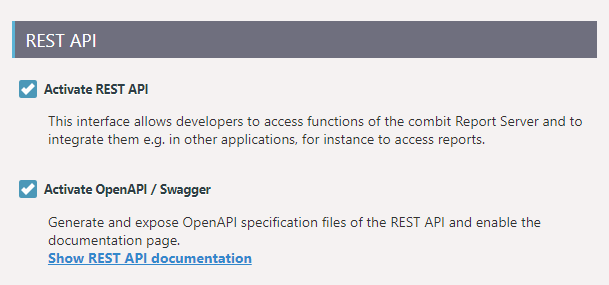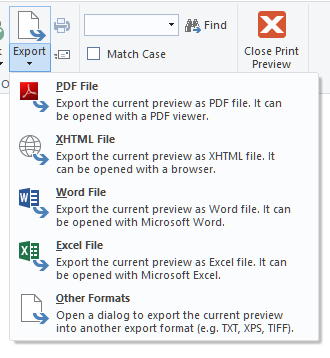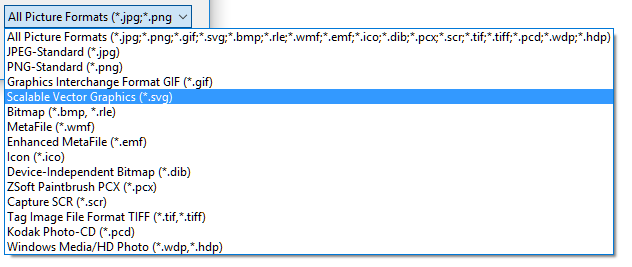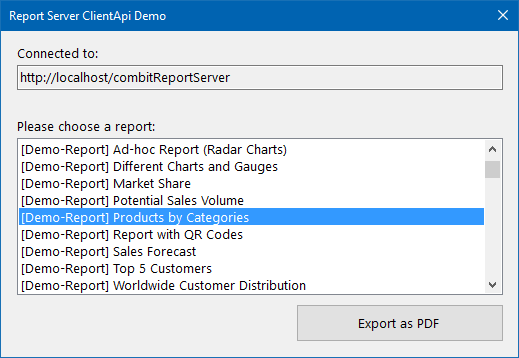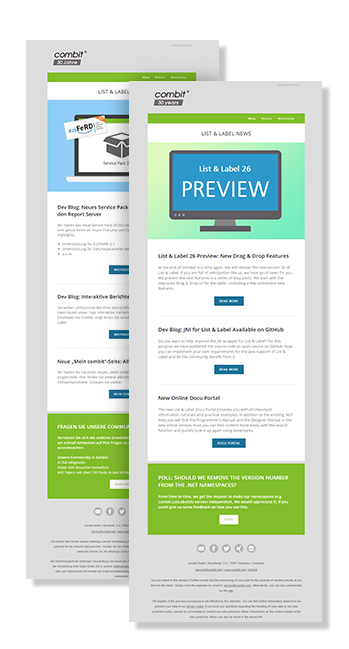Infinite Pages for HTML and XLS Export
This is another of those "huh, you didn't have that before" features. As a WYSIWYG layout oriented reporting tool, the page has always been king for List & Label. While this is nice in many circumstances, when it comes to reporting for the web or XLS and printing is not planned at all, the result can be unwanted although looking beautiful.
